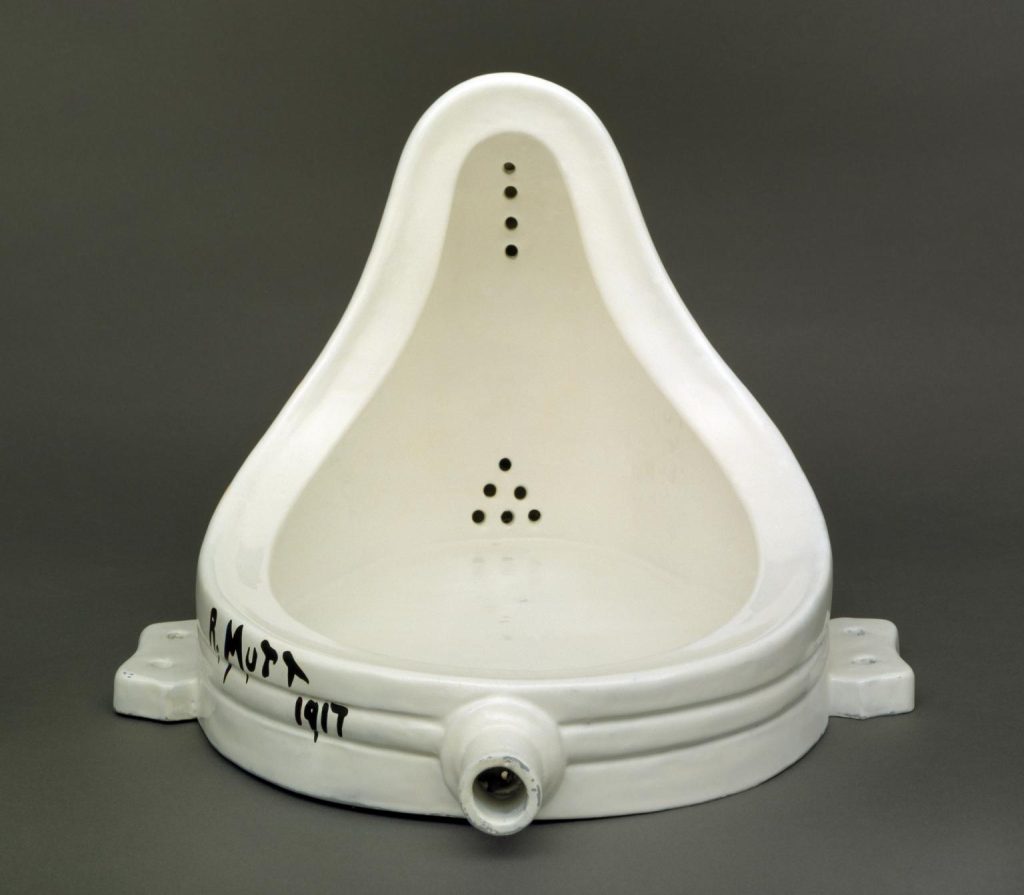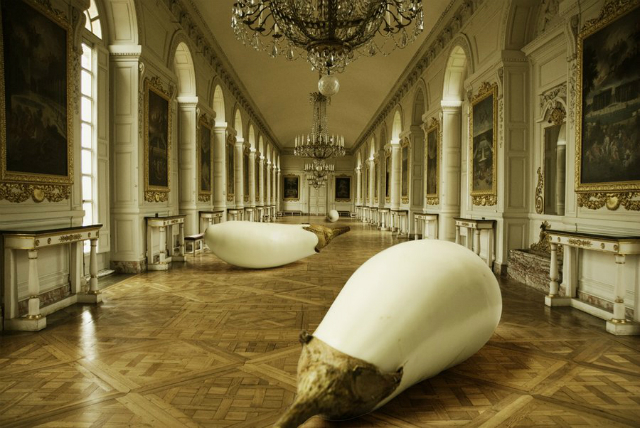Art, in all its forms, is a timeless medium for reflection, invention, and human expression. From the prehistoric cave paintings of Lascaux to the cutting-edge installations of modern galleries, art traverses eras, cultures, and media. During this investigation, we travelled across various artistic genres, each offering a unique expression, thought, and creation channel.
The foundation of artistic practice comprises conventional media such as painting, drawing, and sculpture, providing artists with a tangible canvas to realise their ideas. However, the creative domain encompasses more than just these traditional domains; it includes immersive installations, digital technology, and performance. Every media has its vocabulary, instruments, and methods that allow artists and viewers to converse in a way that cuts over linguistic and cultural barriers.
Discover the universe of emotion, symbolism, and narrative hidden beneath the detailed lines of a drawing, the brushstrokes of a painting, or the sculpted shapes of a statue. However, art is not limited to still images; it moves over stages, reverberates across soundscapes, and weaves stories into textiles and fibres. It asks us to think critically, question, and reinvent our society. It challenges, provokes, and inspires.
Art in different mediums
Conceptual photography, which breaks from conventional ideas of photography as mere documentation, is a monument to the power of ideas, narratives, and interpretations in contemporary art. Abstract photography pushes the boundaries of the visual medium and invites viewers to explore the depths of symbolism, imagination, and conceptual frameworks.

Courtesy: Tate
The rules of literal depiction do not limit conceptual photography; they aim to use images to communicate abstract ideas, feelings, or stories. The variety of human experiences is reflected in the themes investigated in conceptual art photography. Conceptual photographers use motifs and symbols to express various ideas, from existential questions to socio-political commentary, identity investigations, and time-lapse meditations.
Conceptual painters, who break from conventional painting techniques, use the canvas as a medium for existential reflection, social criticism, and intellectual investigation. The traditional limitations of the medium are broken by abstract painting, which prioritises the underlying idea or concept over technical proficiency or visual attractiveness. Fundamentally, conceptual painting asks spectators to engage in conversation with the piece by dissecting the layers of interpretation, symbolism, and meaning woven into the canvas. It surpasses the limitations of visual depiction and encourages reflection, introspection, and critical investigation.
By adding intelligent ambiguity and depth to representational aspects, Conceptual Realism surpasses the limitations of traditional Realism. Conceptual Realism’s fundamental goal is to portray the essence of reality while also provoking viewers to reflect on, analyse, and evaluate the underlying ideas. It invites spectators to engage in a dialogue with the artwork on both a visceral and cerebral level by obfuscating the distinction between the tangible world and the domain of ideas.
Conceptual Digital Art uses digital tools and technologies to explore abstract ideas, feelings, and stories in visually striking ways. Conceptual digital art embraces the limitless potential of virtual space and digital manipulation, fundamentally challenging traditional art-making ideas. It offers immersive experiences that straddle the line between reality and imagination, inviting viewers to interact with artworks beyond the physical world’s confines.
Instead of adhering to conventional storey patterns and theatrical conventions, conceptual performance art explores abstract ideas, social issues, and philosophical questions. Conceptual performance art asks viewers to interact with the medium critically and consider the essence of existence, identity, and art. It challenges previous beliefs and invites audience engagement in meaning-making by muddying the boundaries between performer and audience.
In response to Abstract Expressionism’s intricacy and emotionalism, minimalism evolved in the 1960s. Minimalist artists like Donald Judd, Carl Andre, and Sol LeWitt aimed to eliminate extraneous details and emphasise the simplicity of form, colour, and space. Geometric shapes, industrial materials, and exact craftsmanship are common elements of minimalist artworks, which invite viewers to explore the innate features of the piece itself.
Conversely, conceptual art focuses more on the idea or concept than the actual form of the piece. The idea that art is only a visually stunning experience was questioned by artists such as Joseph Kosuth, Marcel Duchamp, and Sol LeWitt, who investigated language, perception, and context. Conceptual art typically takes the shape of performative acts, ready-made, or text-based pieces that invite spectators to converse beyond conventional ideas of beauty.
Antoni Gaudi: Architects of Visual Ideas, Considered ‘God’ as Client





